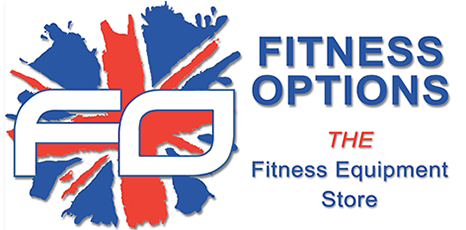
Sneezing
Sneezing is known as sternutation and it is a way of removing irritants from your nose. When particles such as dust or pollen pass through your nasal hairs and reach the nasal mucosa they trigger the production of histamine. Histamine, through the nerve cells in the nose, generates messages to the brain, where upon the brain initiates a sneeze.
Hiccups
Hiccups are the result of a spasm in the diaphragm, which contracts causing a sudden rush of air into the lungs. This causes the airway to close quickly which in turn closes the vocal cords quickly. It’s the fast closure of the vocal cords that makes the characteristic “hic” sound. Lots of things can cause hiccups including eating to fast, fizzy drinks, smoking and excitement. There are also may remedies including standing on your head and drinking a glass of water, holding your breath and drinking vingar.
Blushing
This is when the blood vessels in your face dilate and it is a normal physiological response to changes of temperature, spicy foods, alcohol and emotion. It is the way heat from our body is transferred to the skins surface.
Headache From Drinking Something Cold
When the cold substance makes contact with the mouth the blood flow to the blood vessels in the mouth is reduced as the body tries to conserve heat. It then rushes back again and the nerves in the area sense this and transmit this back to the brain as pain, causing an almost instant headache. To relieve the symptom try pressing your tongue against the roof of your mouth to warm the area
Eye Twitch
This is usually caused by a muscle spasm, often attributed to fatigue, stress and even caffeine. It can happen above and below the eye and in one or both eyes. It can last less than a minute and sometimes weeks. However if the spasms persists a doctor should be consulted.
Yawning
Known as the act of opening the mouth by taking a deep breath, yawning is a reflex often associated with fatigue, stress or boredom. Some experts say the real reason why we yawn is a result of low oxygen levels in our lungs. As such, when we’re resting we don’t use our entire lung capacity and just use air sacs at the bottom of our lungs. If the air sacs don’t get fresh air, they partially collapse and as a result our brain prompts the body to yawn or possibly sigh to get more air into the lungs.
Leg Cramps
Everyone has at sometime suffered the agony of leg cramps either during a sport or worse in the middle of the night, usually occurring in the calf. It is when the muscles contracts and shortens and can be a reaction to exercise, lying awkwardly in bed and possibly dehydration. The reaction is to pull the toes up towards the shin but this is the worst thing you can do as this shortens the muscle further. You need to point the toes away from you like a ballet dance on her toes. There is an old wives tale that standing on a cold floor can ease the symptoms but this is because standing stretches the muscles and has nothing to do with cold floor. However muscle cramps that happen frequently can be a sign of a medical problem such as poor blood flow to the legs or a spinal problem.
Double-jointedness
Double-jointedness, or the ability to have flexible joints that bend in unusual ways, is also known as hypermobility. Basically, joints and surrounding structures such as ligaments and tendons are abnormally flexible which enables people to bend or rotate them in various ways. For instance, if people can bend their thumbs backwards to their wrists, this is the result of misaligned joints, abnormally shaped ends of one or more bones at a joint. Essentially, joints that stretch more than what is considered normal. The extreme flexibility signifies a wide range of movement between the bones as the result of a shallow socket, extra stretchy ligaments or bone ends that are smoother than normal.
Pins & Needles
There are many reasons for pins and needles. For instance, if you lye on your arm for a long time you can get pins and needles in that area and this is caused by minor crush damage to the nerves or blood flowing back into the limb. If pins and needles are in one limb then it is more likely to be related to a mechanical problem. Spinal injuries can often result in pins and needles in the legs and feet. If it is in two limbs, it is more likely, but not always, to be related to a metabolic problem, such as a vitamin deficiency, excessive alcohol use, or diabetes.
